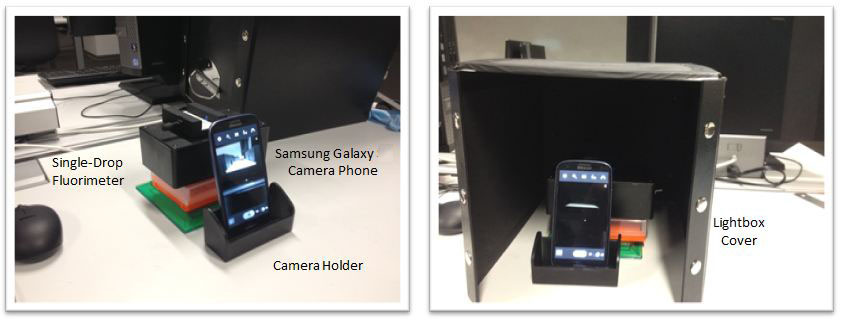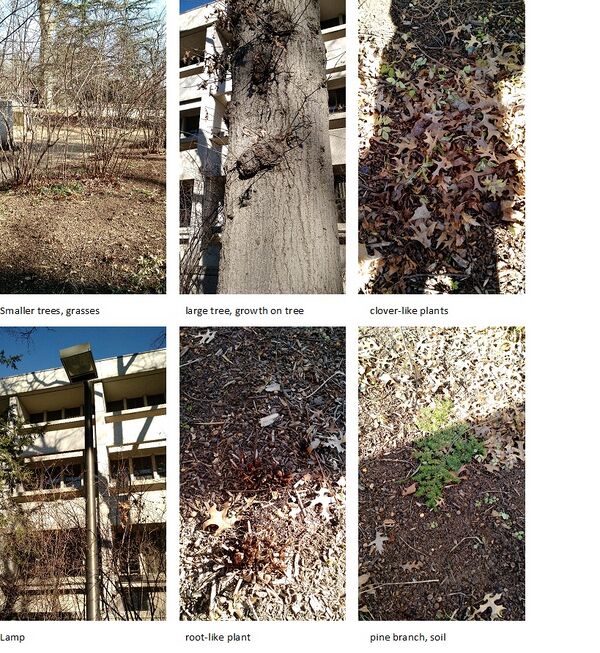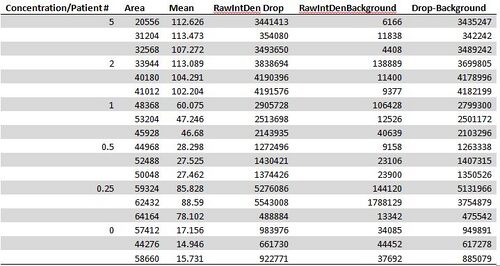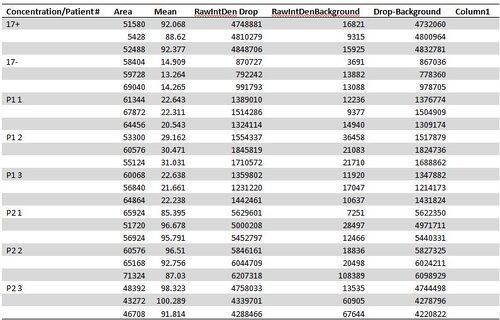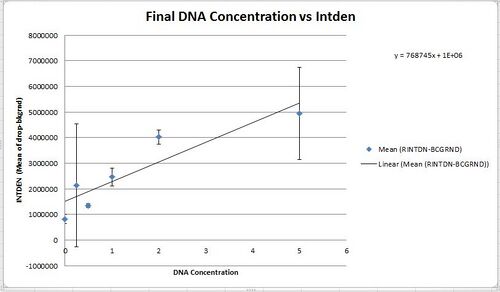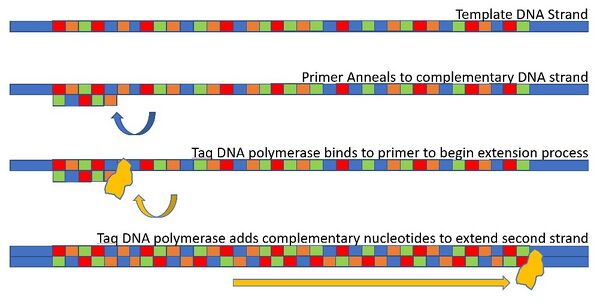BME100 f2014:Group17 L5
| Home People Lab Write-Up 1 | Lab Write-Up 2 | Lab Write-Up 3 Lab Write-Up 4 | Lab Write-Up 5 | Lab Write-Up 6 Course Logistics For Instructors Photos Wiki Editing Help | |||||||
|
OUR TEAM
LAB 5 WRITE-UPProcedureSmart Phone Camera Settings
The phone was placed about four centimeters away from the fluorimeter, in the camera holder; we set the timer on for 5 seconds, and insured that the flash, exposure, and brightness was off in order to get a precise and clear picture of the droplets. We made sure to level the fluorimeter with the camera of the phone using the camera holder, and other objects that were placed under the fluorimeter. Then we took the picture, and as the timer was counting down, we quickly closed the lightbox cover as seen in the picture below.
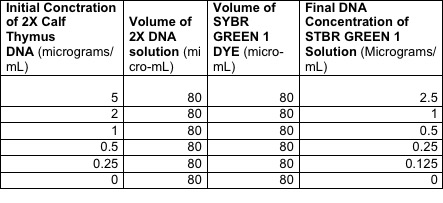 |- |-
1. Place a clean slide in the fluorimeter with the smooth side down and the hydrophobic side up 2. Move the slide, so that blue LED light hits and reflects the middle of the dot on the slide 3. Put the 80 micro-mL of SYBR green 1 between the first middle dots on the slide using the micropipette. 4. Then place the other 80 micro-mL of calibration on the droplet that you already placed 5. Set your phone settings (timer, exposure, brightness…) in order to take the photo accurately 6. Place the phone in the camera holder and record the distance 7. Take a photo while the timer is on and immediately cover the fluorimeter. 8. Remove the 160 micro-mL droplet and dispose of it. 9. Repeat all of the pervious steps for each calibration with each attempt using two clean dots from the middle of the slide. (a new slide can be used if necessary) 10. Finally, use image J to find the data
Data AnalysisRepresentative Images of Negative and Positive Samples Image J Values for All Calibrator Samples -Solutions used for PCR products:
PCR Results Summary
Observed results
Conclusions
SNP Information & Primer DesignBackground: About the Disease SNP Single nucleotide polymorphisms are types of genetic variation among people. Each SNP represents a difference in a single DNA building block, better known as nucleotides. These variations are found in the DNA between genes. In this lab, the disease that is involved in the body is a kind of congenital long QT syndrome. The variation rs16991654 is found in humans, it is an SNP found on chromosome 21:34370656 and associated with the gene KCNE2. It is pathogenic and associated with long QT syndrome which is a heterogenous inherited disorder that results in an increased chance of death by arrhythmia. KCNE2 stands for potassium voltage-gated channel, Isk-related family, member 2 The molecular function for KCNE2 would include regulating heart rate, neurotransmitter release, insulin secretion, epithelial electrolyte transport, cell volume, neuronal excitability, and smooth muscle contraction. It is also known to encode Isk-related potassium channels. KCNE2 is found in heart and muscle and is associated with cardiac arrhythmia under gene mutations. An allele is the alternative form of a gene when there is a mutation and is found in the same location in the chromosome. The sequence of the disease associated allele is CTC, as opposed to TTC.
Through the research conducted, we were able to find information about the variation rs 16991654. Its numerical position for the SNP was 34370656: 34370656. The DNA sequence for non-disease forward primer was CATGGTGATGATTGGAATGT. The numerical position for 200 bases to the right of the disease SNP was 343708656. The the non-disease reverse primer was CCCTTATCAGGGGGACATTT. Once we found the foward non-disease primer DNA sequence, we replaced the last code or nucleotide of the forward non-disease primer from "T" to "C" to form the disease primer. Thus, the disease forward primer was CATGGTGATGATTGGAATGC. We kept DNA sequence of non-disease reverse primer the same as the disease Reverse primer, which was CCCTTATCAGGGGGACATTT. Since we received both the sequences of nucleotides for the disease and the non-disease primer, we performed the PCR testing for each. The non-disease primer worked in the UCSC In-Sillico PCR test. However, for the disease primers, there were no matches because there was only a non diseased example in the database.
Disease primer: "no matches"
| |||||||





